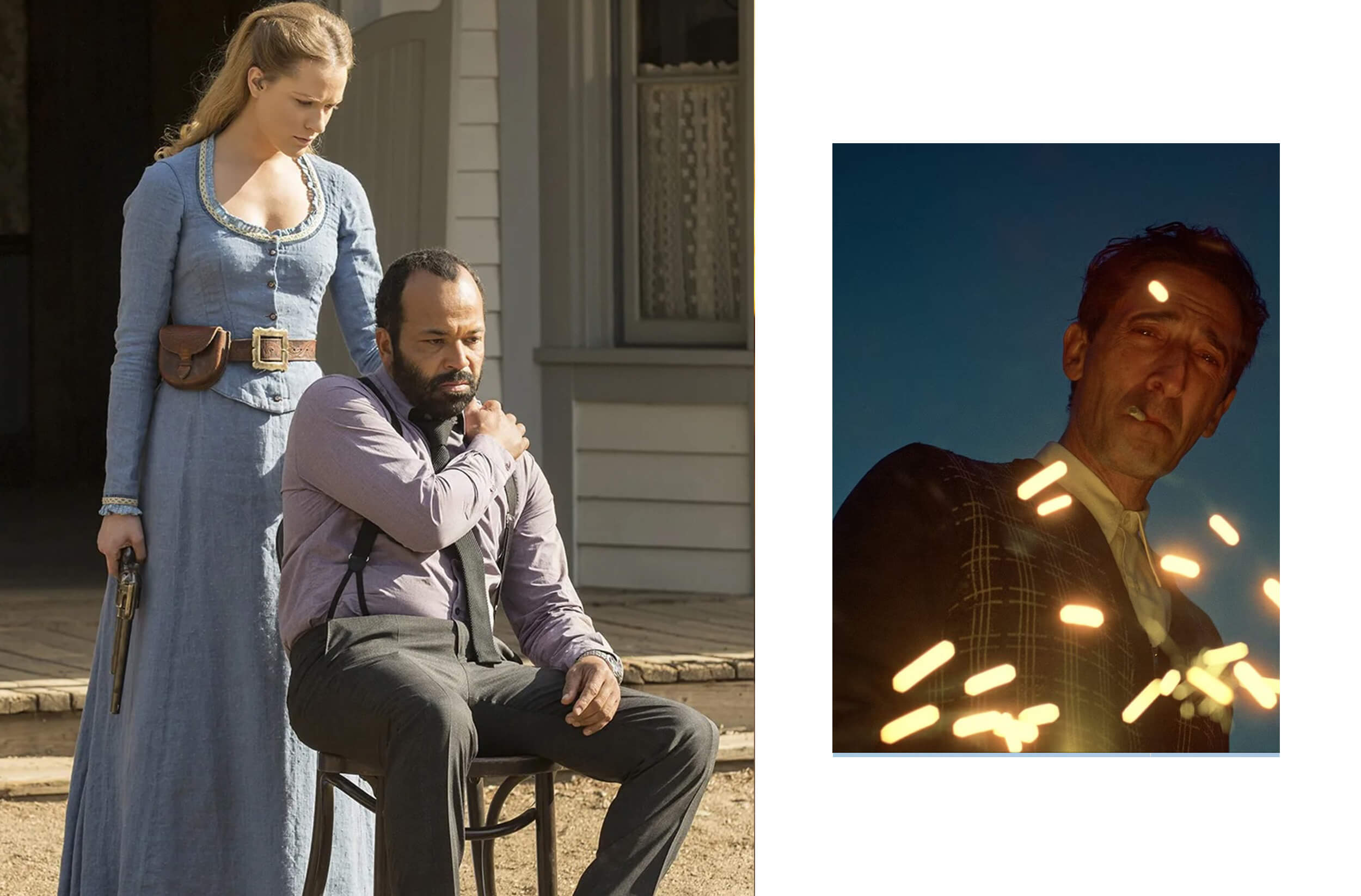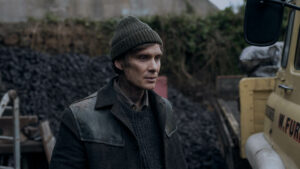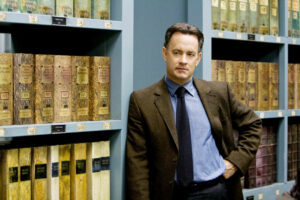“Tell me everything, tell me about your dreams“.
I hesitate…
“What should I tell you?”
“About your dreams, tell me what they are!”
It’s my birthday night—or perhaps it’s already the dawn of the next day—when a piercing melancholy strikes me as I realize I don’t really know how to respond to that request.
And it’s not the typical confusion that comes with birthdays, with the unusual flood of attention you receive, the accelerated rhythm of a day you always hope will be special and different. It’s a pure blank page on the theme of “desires and aspirations in life.”
Dreams are no joke: they’re a topic many talk about, yet perhaps few truly understand. Maybe plenty of people in my place that night wouldn’t have known how to respond. Dreams scare me because if I picture them and fix them in my mind, nurturing and growing them, I become attached. And if, in the end, they don’t come true, my heart breaks irreparably.
Still, there’s an awareness that if dreams do become reality, the satisfaction outweighs the anguish of risking imagining them and believing in them. Dreams, in short, are a complex world, as fascinating as they are terrifying, and we’re drawn to them for precisely this reason. We represent them through art to confront and try to understand them better.
But what are these dreams, what do they tell us, and what do they reflect?
“Isn’t it too dreamy?” says Audrey Horne in the iconic danced interlude of “Twin Peaks”, abandoning reality and letting herself be lulled by the notes of “her dance”, adrift in a dream that we’ll always wonder if it was, in fact, reality. Dreams, after all, are an altered form of reality—not yet realized, but plausible enough that, if we aren’t clever and attentive enough, we end up confusing one for the other, just as cinema does deliberately, for example.
There are various types of dreams: daydreams, dreams of distant lands, dreams that feel like memories, surreal dreams, dreams that seem real, nightmares. There are films and TV series that portray them all.
“The Brutalist” – by Brady Corbet
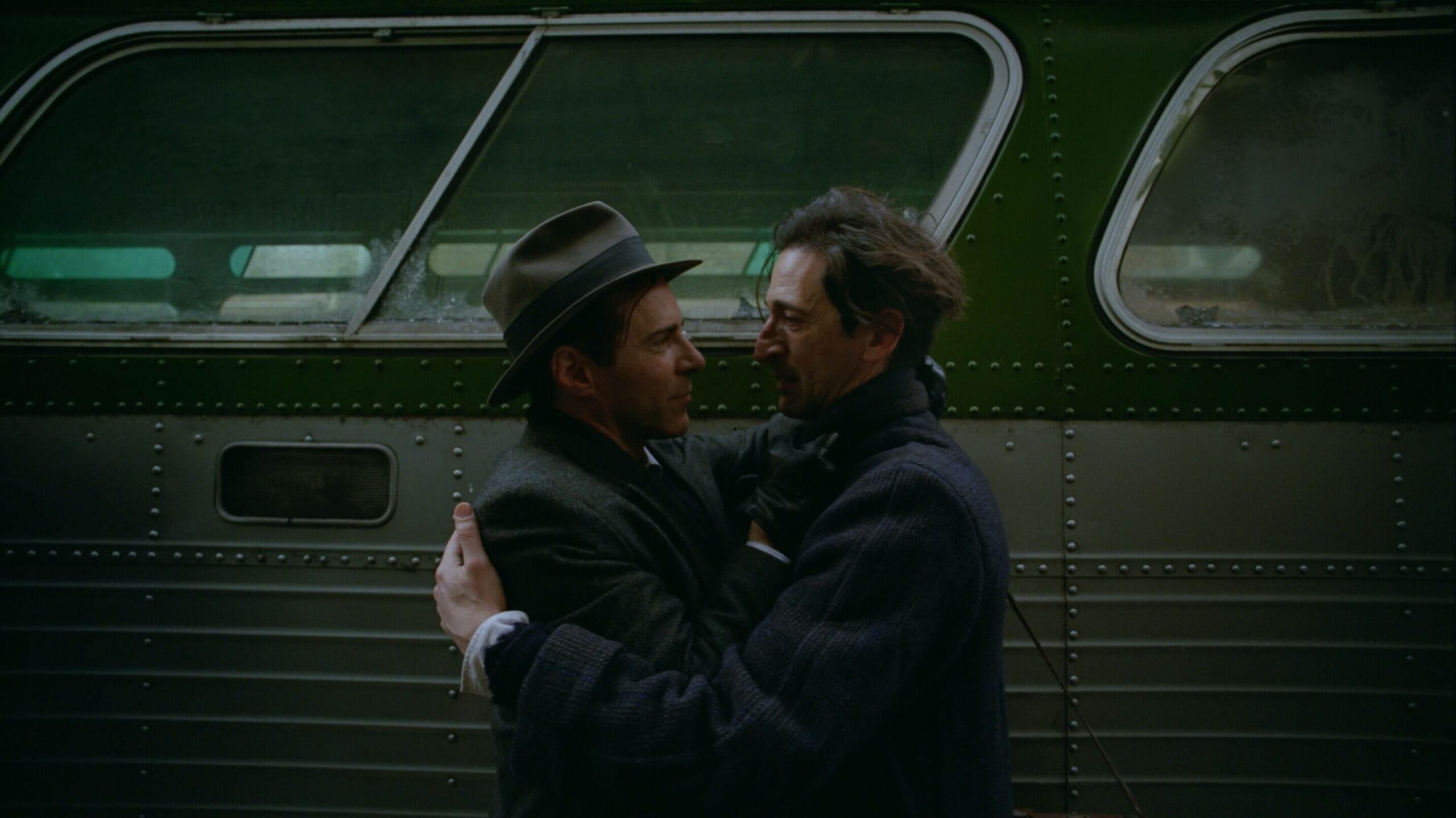
Silver Lion winner at this year’s Venice Film Festival, the film tells the story of Hungarian architect László Toth and his wife Erzsébet, who emigrate to the United States after World War II with hopes of building a better life. The American Dream takes center stage here as an idealized aspiration but also as a harsh reality, one made of sacrifices, compromises, and cultural clashes. The American Dream is ambitious and vivid but can prove to be a “brutal” or unattainable venture for many—different from expectations, where only those who endure hardships manage to carve out a place.
“Mulholland Drive” – by David Lynch
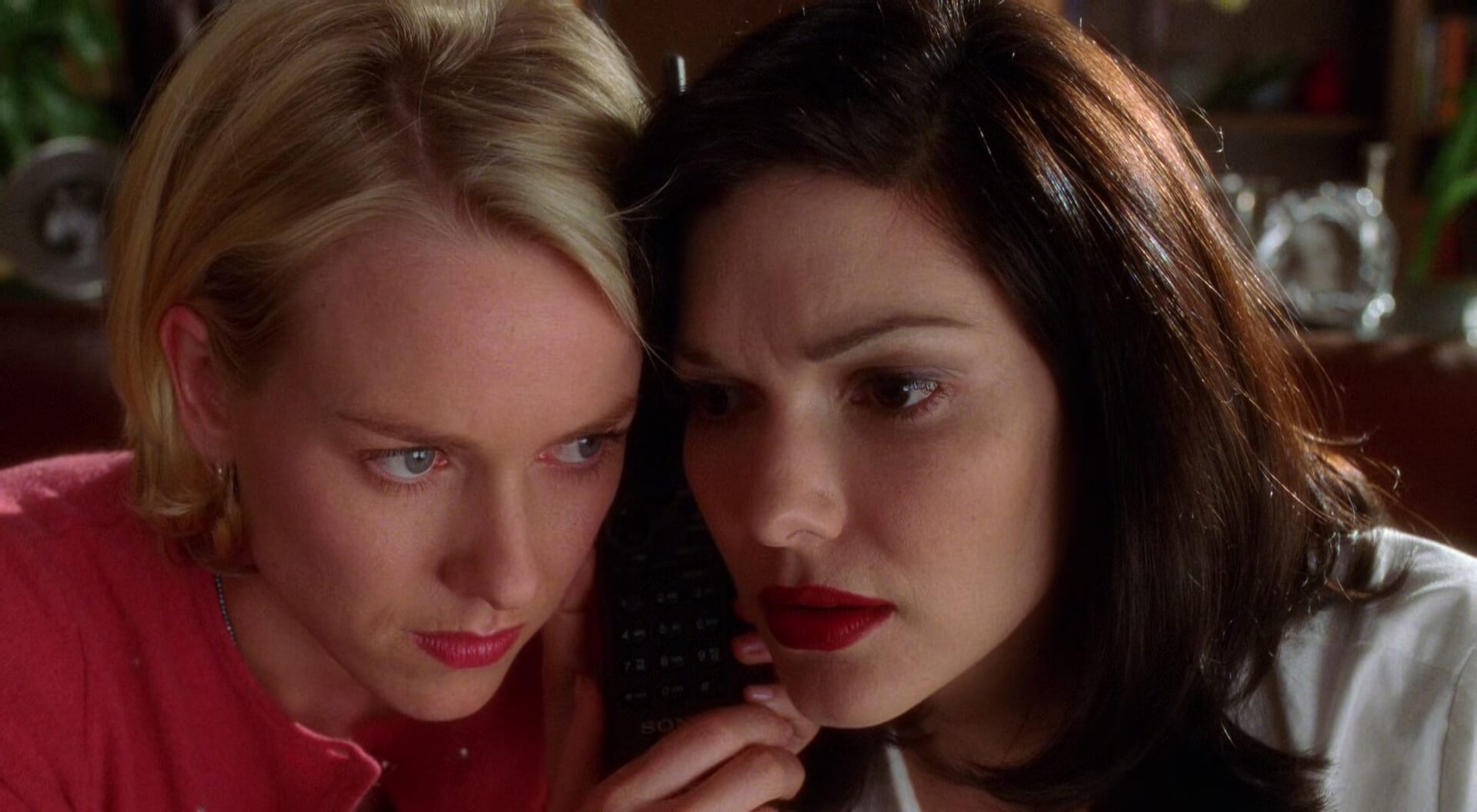
A dreamlike psychological thriller that dances between dream and reality, exploring identity, memory, and desire. Lynch is known for his ambiguous, dark style, and this film is a masterpiece of narrative ambiguity, with a plot that blends dream and reality so seamlessly that it’s impossible to discern the boundaries between them. A dream that feels real—the most dangerous kind, the kind that beguiles and confounds. In other words, a David Lynch dream.
“Wild Strawberries” – by Ingmar Bergman
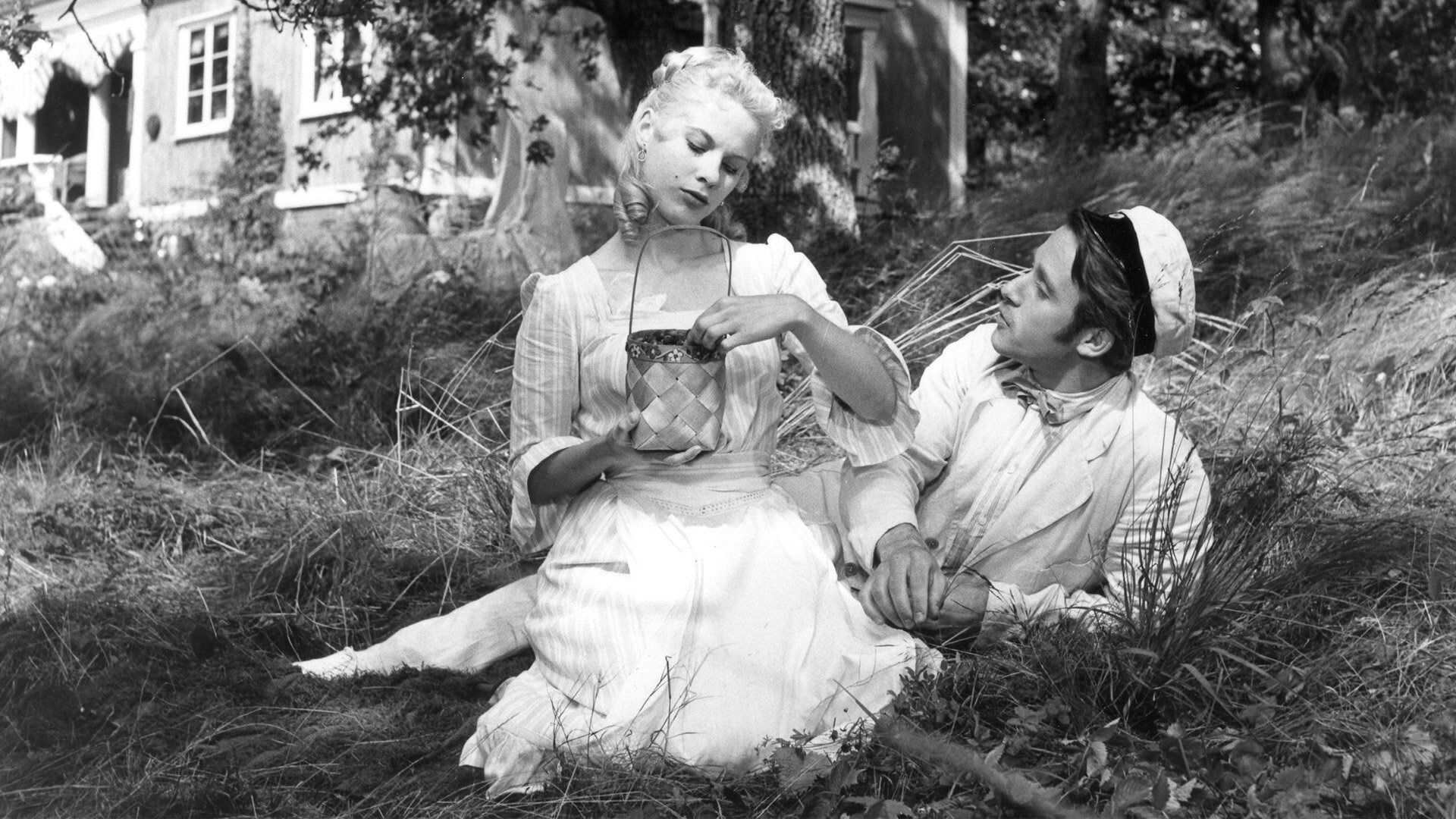
This film uses dreams to delve into the inner journey of its protagonist, Isak Borg, an elderly professor reflecting intensely on his life. Through a series of dreams and visions, Borg confronts his memories, regrets, and fear of death. The dreams, often surreal and symbolic, reveal his emotional isolation and estrangement from loved ones, leading to a gradual moral awakening and self-awareness. Bergman uses dreams as a tool to represent the protagonist’s introspection and the conflict between his past and present.
“Pan’s Labyrinth” – by Guillermo del Toro
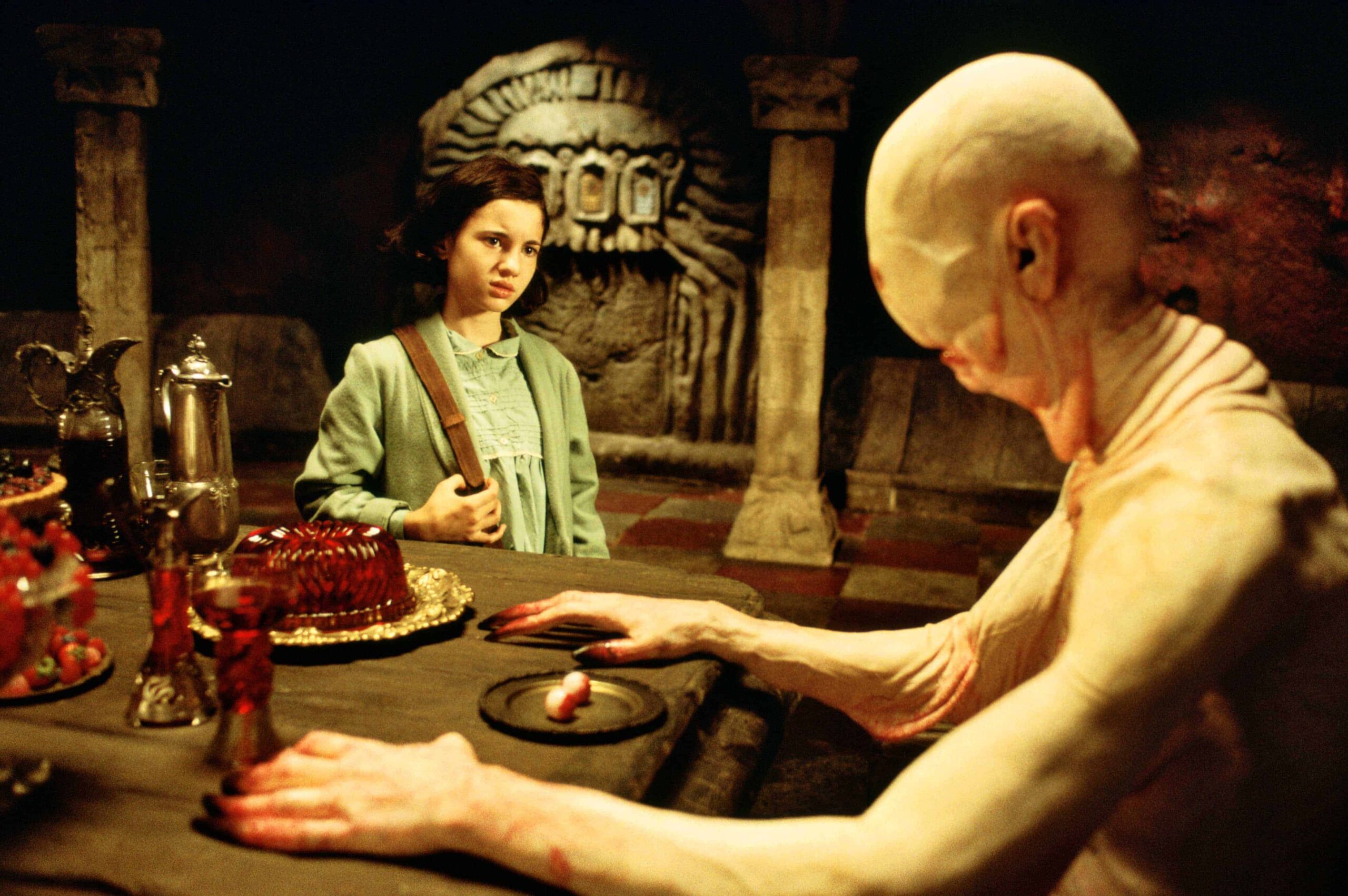
Though not directly about dreams, the film employs fantasy as an escape from reality. The young protagonist uses a magical world to evade the violence of war—a dreamlike escape, a psychological refuge to withstand the brutality of the adult world. The dream dimension becomes a place of growth and inner resistance, contrasting the cruelty of reality.
“Alice in Wonderland” – by Clyde Geronimi, Hamilton Luske, Wilfred Jackson
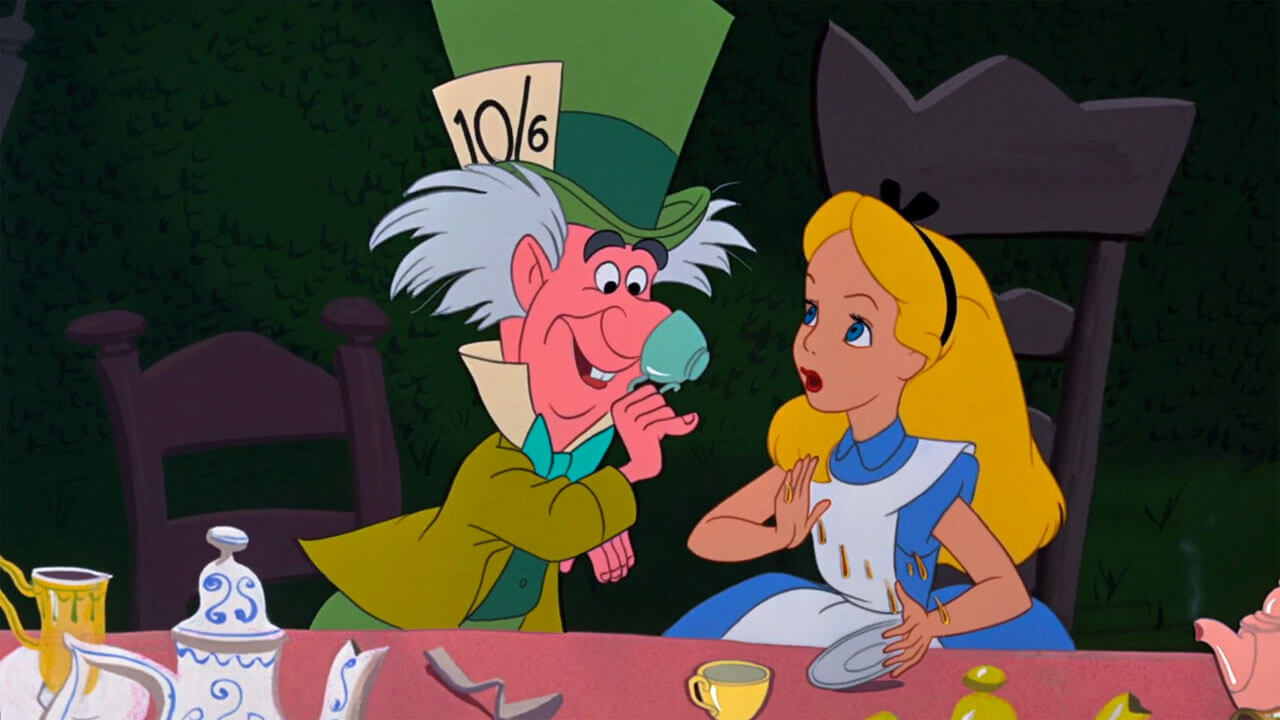
A classic animated film based on Lewis Carroll’s novel, depicting Alice’s adventures in a surreal, dreamlike world. The film tackles the theme of dreams by representing a dimension without rules, where anything is possible and ordinary logic is overturned. Alice’s journey reflects the freedom and unpredictability of dreams, where the subconscious explores desires, fears, and oddities without the constraints of reality.
“Westworld” (2016–2022) – created by Jonathan Nolan and Lisa Joy
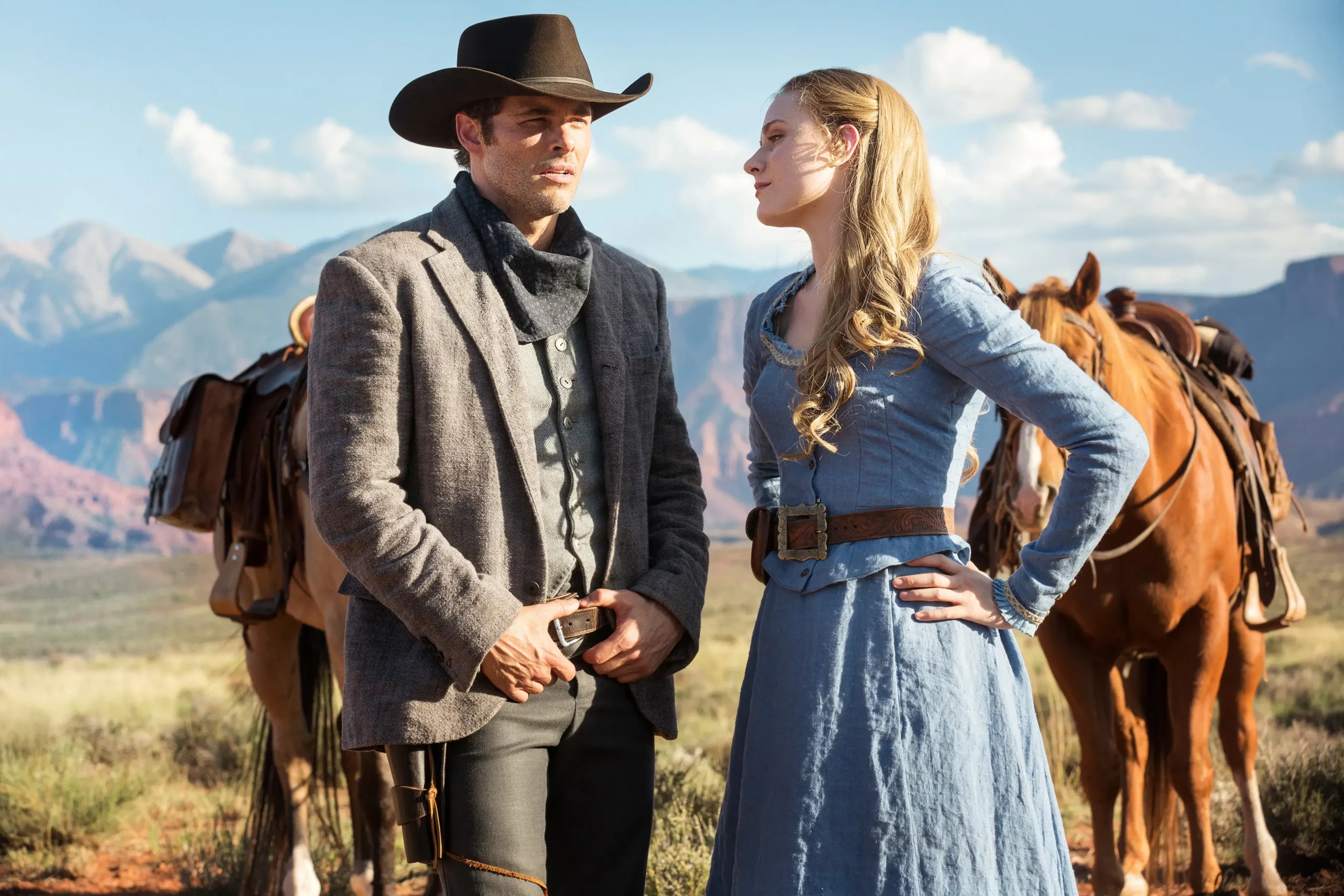
Though not directly about dreams, this series explores themes of consciousness and simulated reality akin to lucid dreaming. The robots begin to question their reality, as if awakening from a dream. Living in an artificially constructed world perceived as real, both by themselves and the humans who use them for their desires, the robots experience fragmented memories of their “previous lives” that resurface as visions or “dreams.” These moments of crisis and awakening serve as a metaphor for their journey toward consciousness: their “dreams” represent a break from programming and the beginning of self-awareness, driving them to question their reality and identity.
“Black Mirror” – Episode “Playtest” (Season 3, Episode 2)
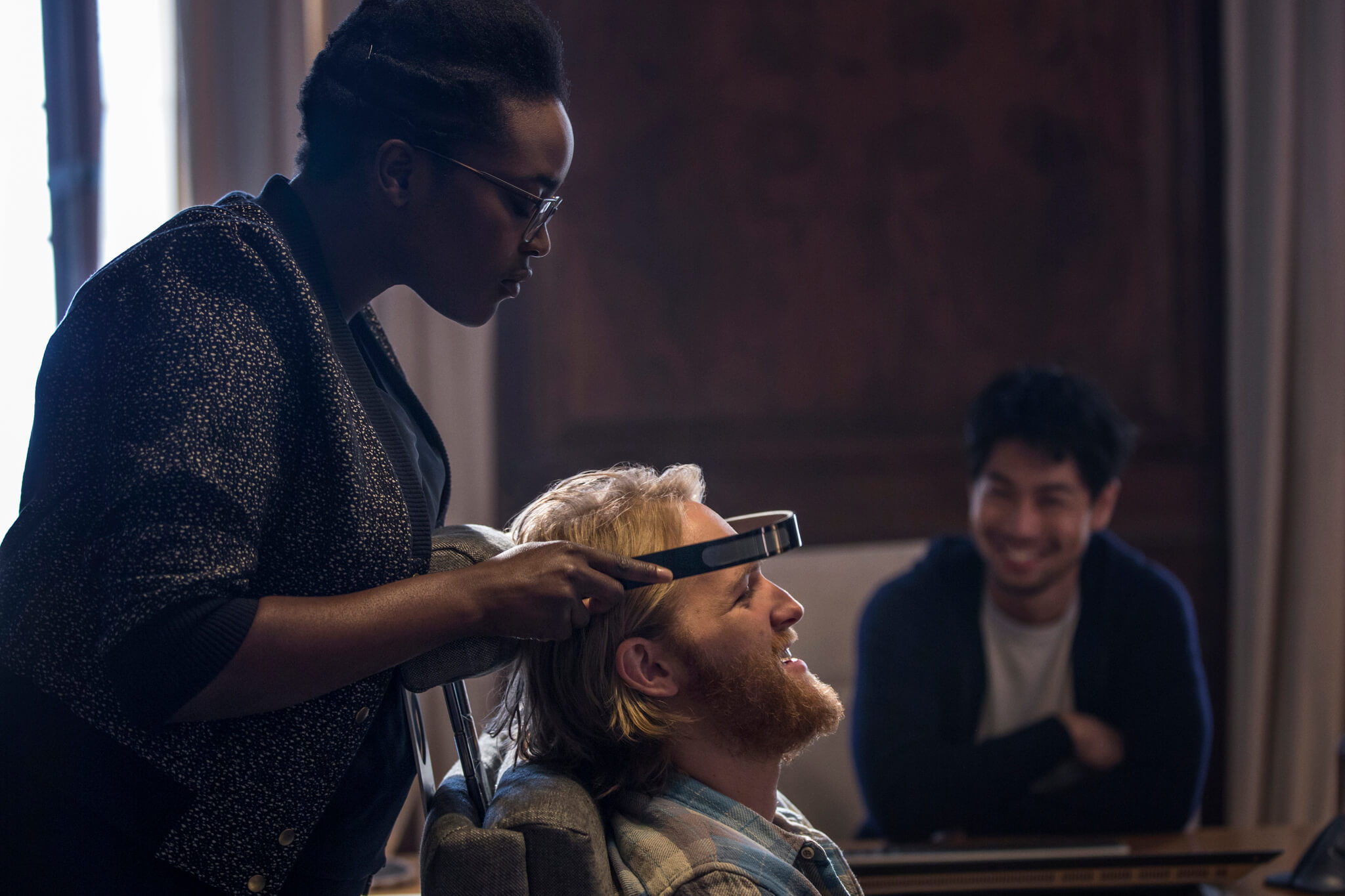
Every episode of this series tackles a different theme; in “Playtest”, a man becomes part of a virtual reality experiment that blurs the line between real and imagined, creating a state akin to a waking nightmare or a daydream. The protagonist, Cooper, agrees to test a horror video game that interacts with his mind, bringing out his personal nightmares and fears as if they were real. The boundary between reality and hallucination becomes indistinguishable, akin to a dreamlike state where everything is manipulated by his own memories and fears. Like a nightmare, Cooper cannot wake up until the end, and the episode concludes with a shocking revelation that amplifies the sense of terror and disorientation typical of a dream gone wrong.

